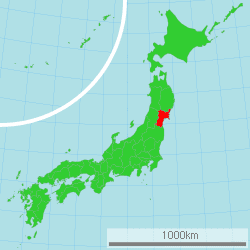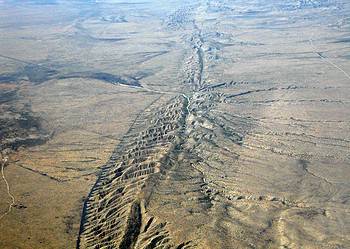A strong earthquake with an epicenter off the northeastern coast of Japan shook buildings all the way to Tokyo, leading to a tsunami warning for coastal areas of the northeast.

The 2011 earthquake caused a huge tsunami, much more than the Fukushima power plant was prepared to handle, causing radiation leakage, contamination of food and water and mass evacuations; the Japanese authorities handled the situation absolutely admirable, and a bigger crisis was averted.
As it seems, the geological situation in the area is still extremely volatile; many more such “smaller” temblors are expected, but an earthquake of that magnitude is very unlikely to happen again in the near future.






